Like most things, it began with a thought and a hashtag. Before the marches and the shouting, #BlackLivesMatter came into being 12 years ago Sunday.
Before we share a brief overlook of BLM, let's rewind to 2012, the year that lit the fuse.
America in 2012: The Racial Temperature Boils
The America of 2012 was on the edge, still recovering from the financial collapse of 2008. With unemployment near eight percent, communities felt abandoned. President Barack Obama's "Hope and Change" promises turned the word "hope" into darkened cynicism. Optics were everything because Obama was running for re-election.
When George Zimmerman shot Trayvon Martin in self-defense in a Florida neighborhood, Obama saw an opportunity.
Instead of being a leader, Obama threw gasoline on the fire with his infamous, "If I had a son, he'd look like Trayvon." That statement invoked race in a way no sitting president had ever done. Instead of being a healer-in-chief, he decided to become the divider-in-chief. The phrase, 'systemic racism,' had never before been applied to the country as sharply as it had been.
Martin's death became the first domino, followed by the Ferguson riots, unrest in Baltimore, and the rise of a movement that set fire to unity while claiming to speak for justice.
BLM’s Billion-Dollar Blaze
What started as a social media post quickly evolved into a modern protest juggernaut. The death of St. George Floyd led to the Summer of Love. One hundred forty cities across America experienced racial unrest. Just in Minneapolis, around 1,500 businesses were either vandalized, looted, or burned.
That summer saw the most expensive civil disorder in U.S. history, with insurers reporting losses between $1 billion and $2 billion. The 1992 Los Angeles riots didn't come close to those amounts.
What happened wasn't a footnote in history. It earned the distinction of being a chapter in our national ledger.
#BLM was uniquely American, but the idea was global. Here are four movements that struck similar chords.
FeesMustFall: South Africa's Burning Campuses
Universities in South Africa grew increasingly unaffordable for Black students because remnants of apartheid-era economics still existed.
When more tuition hikes were announced in 2015, students at the University of the Witwatersrand started protesting.
Although they began peacefully, the situation escalated within months. Buildings were destroyed by fire, statues were defaced, and faculty and staff were threatened. More than 17 universities were affected, resulting in over $45 million in property damage.
What began as a push for equity devolved into mass disruption.
Extinction Rebellion: Eco-Activism with a Wrecking Ball
Extinction Rebellion (XR), formed in 2018 in the United Kingdom, became the climate movement's loudest faction. People weren't bothering to talk about their beliefs. Instead, they chained themselves to trains, glued themselves to highways, and blocked ambulances.
XR's occupation of central London in April 2019 ground things to a halt. The $9.5 million the city spent over ten days covered emergency policies to cope with the disruptions. Emergency service vehicles needed to be rerouted because of the created traffic gridlock.
Want some irony? Do you know what was buried under the pile-up of blocked intersections? Their repeated demand for a carbon-neutral society.
Greenpeace: From Whalers to the Courtroom
During the 1970s, a scrappy group that fought whalers and nuclear testing became Greenpeace.
Greenpeace was a pioneer in environmental activism. The group harassed seal hunters, confronted oil tankers, and chained themselves to trees, gaining begrudging respect at first.
That changed in 2016 when the group aligned itself with protests surrounding the Dakota Access Pipeline. The bill came due in 2025 when a jury in the United States awarded Energy Transfer LP $660 million based on Greenpeace's alleged role in coordinating and performing allegedly unlawful actions.
The charge wasn't peaceful protests. It was racketeering. That verdict legally defined the line between free speech and economic sabotage, shaking the activist world.
Yellow Vests: French Anger, Unfiltered
In late 2018, Emmanuel Macron, the president of France, introduced a fuel tax hike to supposedly combat climate change. Already struggling with the country's high cost of living, rural and working-class French citizens had enough.
Protesters flooded the streets, wearing high-visibility vests. That tax revolt grew into a nationwide movement against government overreach and elitism. Months later, in mid-2019, over $225 million in damages had occurred. Toll booths were torched, and banks and shops smashed. Those were direct costs. What couldn't easily be measured, though, was the economic damage from lost tourism, trucking, and trade. Estimates soared into the billions.
Macron learned the lesson and understood the message: Ignore the will of the people, and things will burn.
The Media Filter: Selective Outrage, Protected Narratives
When I performed research for this column, I ran into a wall of statistics screaming, "93% of all BLM riots were peaceful!" It took me several minutes of futile searching before I realized my mistake: I was using Google. After I switched to Brave and DuckDuckGo, I found the statistics I was looking for. That seven percent of non-peaceful protests made up the billions of dollars in damages.
You would think that mass arson and destruction would earn at least a modicum of brow-beating from the drive-bys, right?
Ordinarily, yes. But for the BLM, a protective cocoon was created by the legacy media.
Colin Kaepernick, anyone?
ESPN praised kneeling athletes, NFL end zones were painted with slogans, and Kaepernick was made Nike's poster child, not for his physical abilities, but for kneeling through our national anthem.
If a person dared say, "ALL lives matter," they were branded racist and summarily shamed into submission.
When business owners in Minneapolis or Kenosha cleaned up the damage, the press, God love them, framed looters as "mostly peaceful."
Don Lemon, perched high on CNN, used polls to frame his monologues.
Lost in all the noise was the news of BLM leaders buying million-dollar homes.
That outrage seemed to disappear when the money intended for Black communities ended up in the pockets of individuals.
When Movements Forget Their Mission
When discipline is abandoned, movements die, trading credibility for chaos. BLM wasn't just about police reform; it evolved into ideology, power, and profit.
It wasn't alone:
- The Occupy Wall Street movement lost momentum when it struggled to articulate its demands.
- The Weather Underground turned from activism to bombings.
- The French Revolution began with liberty and ended with the guillotine.
Examples cited by the radicals weren't exactly as similar movements. The Boston Tea Party was focused on British taxes. They didn't need to burn Boston to make their point.
BLM thought they had a point, but when fraud and misappropriation appeared, those points became silent.
Reform became empire-building when fighting for justice turned into grift. Patrisse Cullors and other BLM leaders bought multi-million-dollar homes, some in areas with hardly any Black residents. Once the whistleblowers found their voice, BLM lost whatever credibility it had to begin with.
Historical Parallels: Civil Rights vs. Civil Rage
Professional racists today take umbrage when a pasty white man like myself talks about Martin Luther King Jr. They feel that it's their job to protect MLK's legacy, or at least what they think is his legacy. King's movement was clear, with three goals: to end segregation, ensure voting rights, and preserve dignity through peace. He marched. He didn't loot. He won minds, not burning them. His courage went viral long before that became a thing in this social media world.
He. Was. Hated. But he was also right.
In contrast, BLM tried to leverage chaos for attention and celebrity support. It changed the country, but not for the better. Racial divides became deeper, and conversations about equality were hijacked and turned into a referendum on law, order, and racial guilt.
The America Obama inherited was supposed to heal. Race relations plummeted. According to Pew Research, 70 percent of Americans thought race relations were "generally bad," the worst numbers seen in decades.
No Drama. Obama fed the fire instead of trying to cool things down.
Final Thoughts: The Price We Paid
Business owners in Kenosha didn't care about hashtags. Many were family-owned, with pictures hung behind the counter.
BLM created anger in the nation and twisted it into the reality they wanted. Unity was forbidden and placed in chokeholds while being demanded to remain silent.
Now, in July 2025, it feels like the negative energy is on the wane. President Trump's administration refuses to indulge in the theatrics of adolescent members of Congress. Despite the legacy media's best efforts, new media, podcasts, and investigative journalists finally have the platform they need to expose the corruption.
Sunlight is the best disinfectant.
BLM may never completely vanish; organisms like them never do. Finally, at long last, the public is seeing the scam because the idiots behind the curtain, legacy media, are falling fast.
In the end, #BlackLivesMatter will be remembered not for what it hoped it would be. Instead, history books will call it a billion-dollar flame that left too many people burned without any healing.
America’s on a new path. Don’t rely on old media.uu
President Trump is delivering on promises, but legacy outlets won’t give him an inch. PJ Media tells the real story. Join as a VIP now with promo code FIGHT and take 60% off, helping us spotlight the truth behind the policy wins.


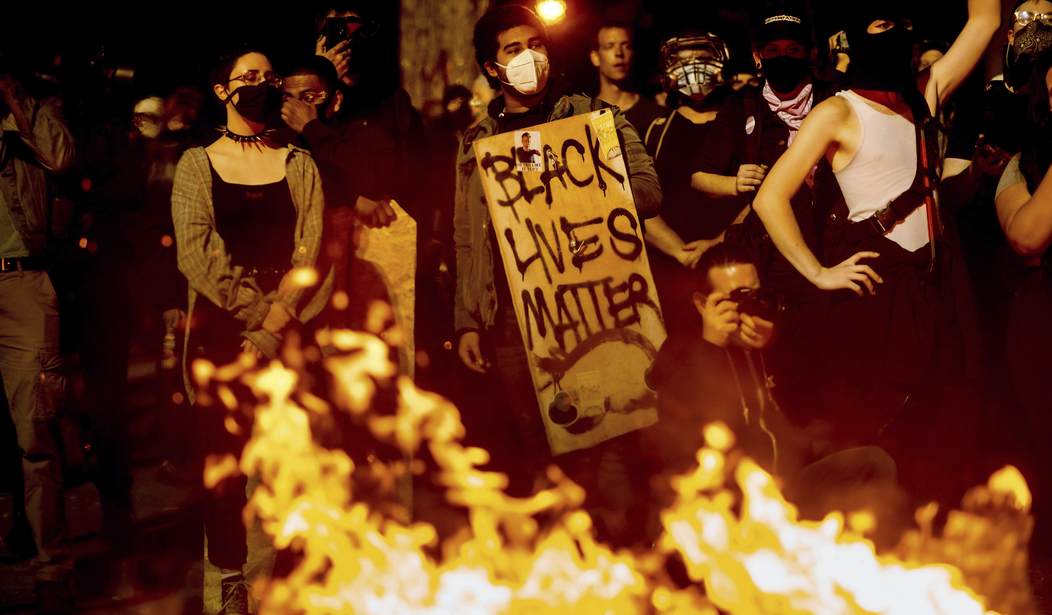

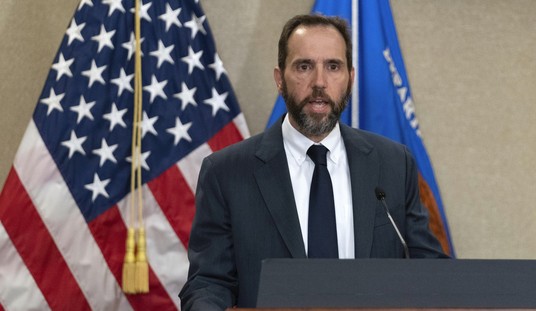
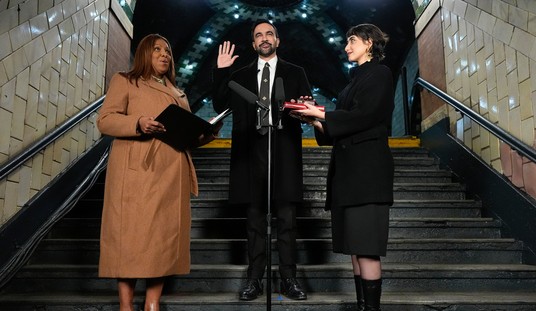
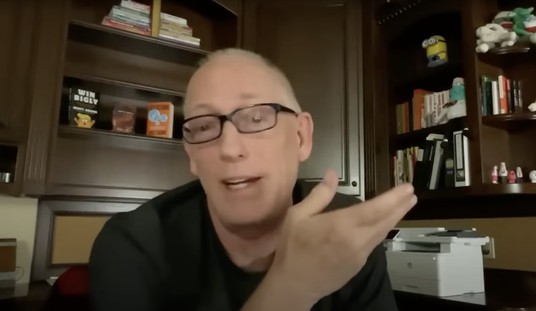
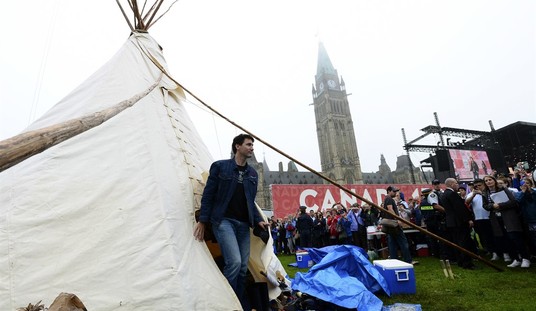
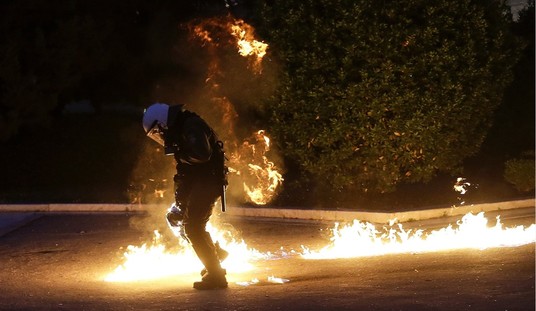
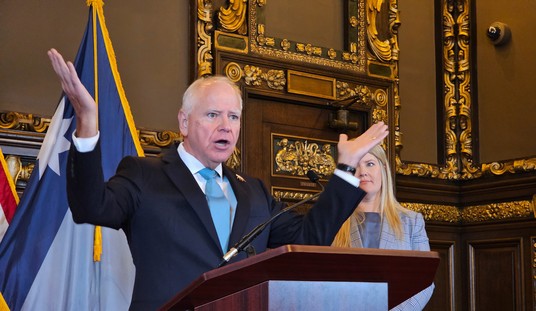
Join the conversation as a VIP Member